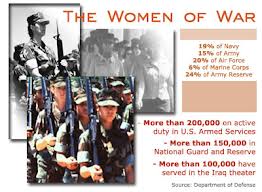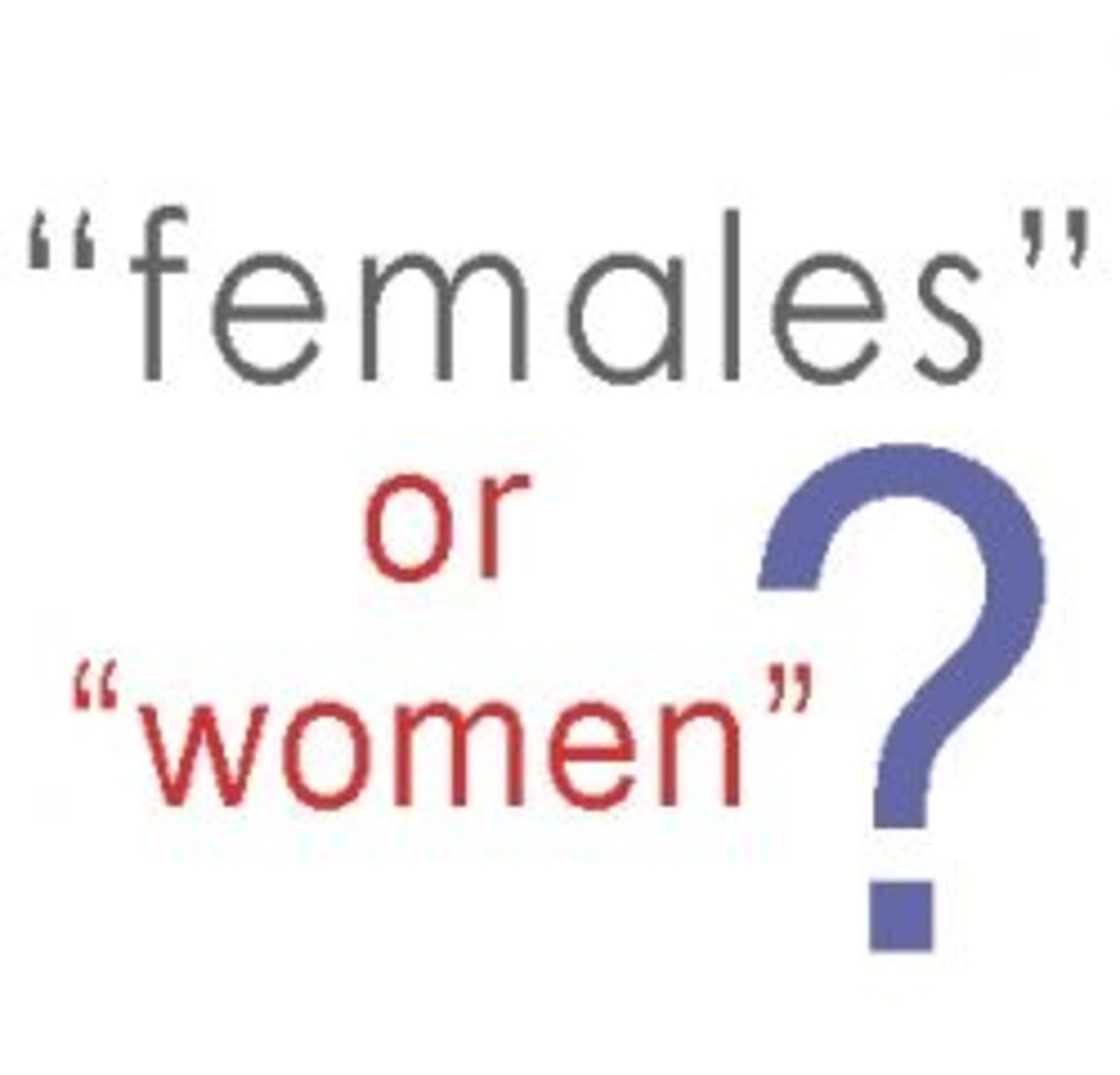Military Gender Discrimination

Equal Protection and Gender Discrimination
Virginia Military Institute (VMI) is the only higher learning institution that is an exclusively all male military school. After several hundred women applied to the school and were turned down because of their gender, the United States sued Virginia on the bases that VMI was unconstitutional in its stance of only admitting males. The 14th Amendment’s Equal Protection Clause guarantees equal rights to all persons and an all male school would violate that right. When brought to the District Court, VMI’s admissions policy was upheld and found constitutional. On appeal to the Fourth Circuit Court, the verdict was reversed saying that it was unconstitutional. Therefore, Virginia opened an all female institution called Virginia Women’s Institute for Leadership (VWIL). The Fourth Circuit Court ruled that this was a good compromise since both institutions offered comparable educational benefits. Eventually the issue was brought to the Supreme Court who ruled 7-1 that VWIL was not equal to VMI and therefore still violated the 14th Amendment Equal Protection Clause. VWIL did not offer the same training, classes, financial opportunities, and alumni reputation and connections. Therefore, the Supreme Court ruled that it did not provide the same opportunities as VMI and failed to meet the requirements that the Equal Protection Claus required (United States v. Virginia 2012).
Justice Ginsburg wrote the opinion for this case, which stated that the other higher learning institutions were not comparable to VMI and that the Equal Protection Clause says that Virginia cannot exclusively reserve certain educational opportunities to just men (New York Times 1996). Since the mission of VMI was to produce citizen-soldiers, it allowed only men to enroll in order to prepare for leadership either as a civilian or in the military. The uniqueness of this school was that they used pervasive training not found anywhere else and therefore, women were not given the same opportunity as men (New York Times 1996). Ginsburg went on to say that the VWIL school for women also violated the 14th Amendment because it did not rise up to the same prestige and standards that the VMI school did and therefore still not giving women equal opportunity (New York Times 1996).
Women in Combat Units
After viewing the videos, what's your take? Should women be allowed or not?
On the other hand, Justice Scalia dissented. He based his dissent on the basis of tradition and original intent. Since military schools for years and years and years had been male-only based and never challenged, it would be unconstitutional to now all of a sudden say that an all male military institution was unconstitutional because it did not offer the supposedly unique educational opportunities to women (New York Times 1996). He goes on to say that by calling an all male institution unconstitutional because it does not allow women is taking the age out of the Constitution because when it was written it didn’t take a side in the educational debate (New York Times 1996).
In another issue that is similar to the above case is a recent case where two female Army officers sued the U.S. Department of defense and the Army because women are banned from serving in combat roles although they are thrown into combat situation in Iraq and Afghanistan (Sampson 2012). The women claim that they are in more danger this way because they have no training and that it is unconstitutional to not allow women to be assigned to combat units when they are fighting in combat situations with no training alongside combat units that have had training (Sampson 2012). The officers go on to say that the policies for not allowing women into certain combat units and also some other positions prevents them from advancing career-wise, restricts their present and future earnings, lessens their opportunities to advance and receive future retirement benefits (Sampson 2012).
I would side with Justice Ginsburg only because of the recent issue that arose this year that I mentioned in the above paragraph. I am not a feminist and do believe that women are not compatible to men in some areas because we were made differently, but I do believe that if you are going to put women in the same predicament as a man yet not give them the same training so that they can succeed, then that is unconstitutional. In some areas, our Constitution is broad and is left to interpretation. Although I agree with Justice Scalia in trying to keep with the original intent of the Constitution, I also think that common sense should be used especially when the Constitution isn’t specific. I am all for all female or all male schools, but when it comes to our military and fighting which puts lives at risk, admissions should not be based on gender but on capability and assignment. If we are going to put women in combat situations but forbid them from getting the training that men get, that is a violation of the 14th Amendment Equal Protection Clause because we are not protecting our women but rather putting them more so in harms way. The 14th Amendment states that we cannot “deprive any person of life, liberty, or property” (Davis 2008 p. 423). Without giving women the same military combat training as men, I think we are depriving them of life when we send them out to combat. If we are going to allow our women to be in the military and be deployed to fight just like our men, it is unconstitutional to not give them the same training as we give our men.
References
(October 20, 2010). “United States v. Virginia.” U.S. Supreme Court Media Oyez IIT Chicago-Kent College of Law. Retrieved from http://www.oyez.org/cases/1990-1999/1995/1995_94_1941
(June 27, 1996). The Supreme Court; Excerpts from high court’s ruling against the male-only policy of V.M.I. The New York Times. Retrieved from http://www.nytimes.com/1996/06/27/us/supreme-court-excerpts-high-court-s-ruling-against-male-only-policy-vmi.html?pagewanted=all&src=pm
Davis, S. (2008). Corwin and Peltason’s Understanding the Constitution (17th ed.). Belmont: Thomason Higher Education.
Sampson, Z. (2012, May 25). 2 female army officers sue to reverse combat ban. Associated Press. Retrieved from http://www.foxnews.com/us/2012/05/25/2-female-army-officers-sue-to-reverse-combat-ban/
Job Openings in Combat Units for Women
Equality Granted - Women Allowed in Combat Units
- Women in Combat Ban Lifted
Women in Combat Ban Lifted - History was made today on January 24, 2013, when the Pentagon decided to lift the 20 year old combat exclusion policy.





